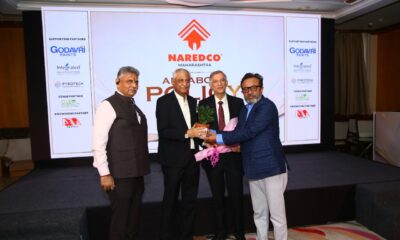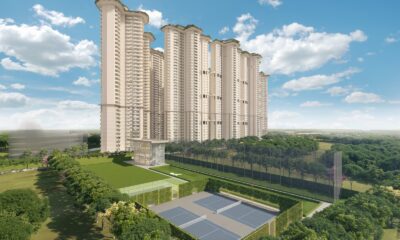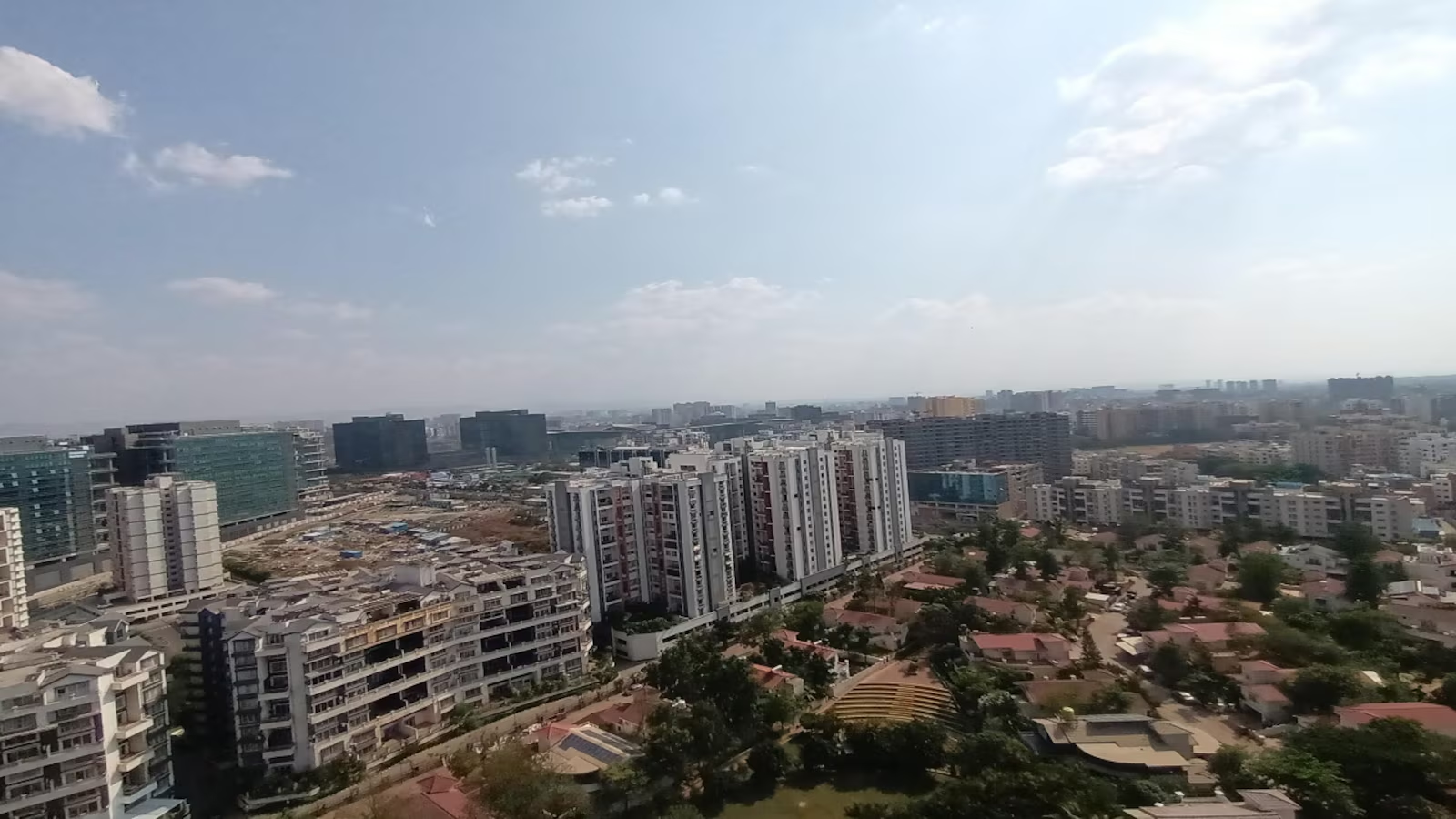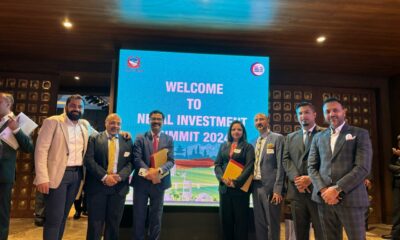News
India to become the fastest-growing silver economy, housing up to 17% of the world’s elderly population by 2050: CBRE Report

April 17, 2024: CBRE South Asia Pvt. Ltd., on Wednesday announced the findings of its report, ‘Golden opportunities from the silver economy – analyzing the future of senior care in India’. The report highlights that the world’s elderly population is surging, with India expected to be the fastest-growing, housing up to 17% of the world’s elderly population by 2050. In India, the segment is witnessing substantial growth, driven by favorable demographics, rising chronic conditions, and increasing awareness. With rising number of seniors seeking specialised care and lifestyle options, the demand for senior living facilities has surged significantly in recent years.
On a pan-India basis, the senior care landscape is rapidly evolving, with 18,000 units spread throughout the nation. The southern region distinctly leads by contributing about 62% to the overall supply in organized senior living & care segments. This promising trend is driven by several factors, including higher affordability levels and a growing acceptance of nuclear family structures, as evidenced by a higher proportion of elderly living alone compared to the northern states. Additionally, the southern states boast prominent healthcare facilities, facilitating access to tertiary healthcare and fostering awareness of geriatric care services. Also, the availability of trained staff, given the region’s focus on the healthcare sector, further enhances the quality of senior care. Major players in the senior care segment are concentrated in southern tier-I and II cities such as Chennai, Coimbatore, and Bangalore. Future expansion of the senior care units by major players is concentrated in the cities of Chennai, Bengaluru, Hyderabad, Coimbatore, Pune & NCR.
The prominent zones other than south India include the north zone — comprising Haryana, Rajasthan, Uttarakhand, Uttar Pradesh, and Himachal Pradesh, which holds 25% of the market share of senior living & care units. Followed by the central zone, which includes Maharashtra, Gujarat, West Bengal, and Madhya Pradesh and accounts for 13% of the senior living units. The distribution is sparse in northern and western regions, including cities such as Delhi-NCR, Pune, and Jaipur, with a limited presence of senior care players.
The total estimated target for senior living facilities in 2024 is around 1 million, projected to increase to 2.5 million in the next 10 years. Currently, there are approximately 150 million elderly individuals in India, a number expected to rise to 230 million over the next 10- 12 years.
City Key players in the organised senior care segment in India Delhi- NCR Ashiana Utsav, Antara, Artha, Aurum, Epoch, Age Ventures India, Hope Ek A.S.H.A, Nema, Panchvati and Vardaan Hyderabad Athulya senior care, Kites senior care, second innings, PP ready retirement homes, Kshertra, HCAH Bangalore Athulya senior care, Kites senior care, Covai Care, Aarna Aayu, Vedaanta senior living, Columbia pacific communities, Medicoshelp, priaashraya, springs Chennai Athulya senior care, Kites senior care, Vedaanta senior living, Geri care, Aayushka, Columbia pacific communities, goldage, Asthra Senior, Grandworld Coimbatore Athulya senior care, Covai Care, Vedaanta senior living, Columbia pacific communities, NNRD, Grand world, Thatha patti, affinity elder care Jaipur Ashiana Utsav Pune Ashiana Utsav, gold age, epoch Mysuru Covai Care, Aarna Aayu foundation Kochi Athulya senior care, Vedaanta senior living, Travancore foundation, Paradise, season two, Vathmeekam, Bless Trivandrum Season two, Alive, lifespaces, India hospital, Kripalayam old age home
The target population for senior living focuses on individuals aged 60 and above. India’s current penetration rate for senior living stands at less than 1%, a stark contrast to countries like the UK, with an 11% penetration rate, the US, with over 6%, and Australia, with approximately 6.7%. This highlights India’s nascent stage in the senior living market, signalling significant room for growth compared to more mature markets where senior living is already well-established and growing steadily. The elderly care market has been establishing increasingly in India in recent years, particularly since the COVID-19 pandemic.
Further, there has been significant growth in the senior living segment because of several factors:
- India’s senior population is growing faster than the overall population
- Rise in nuclear families – 20% of the elderly population live alone or only with one spouse
- There is a significant rise expected in the old-age dependency ratio – to rise from 16% in 2020 to 34% by 2050
- Almost 70% of senior citizens in India have a chronic illness, mainly CVDs, diabetes, vision-related ailments & hypertension
- Healthcare groups are also venturing into the segment through partnership with developers and are playing an active role in the assisted living segment
- For enhanced geriatric care in India, several policy initiatives such as NPHCE, National Health Policy and community-based programmes are undertaken by the Govt.
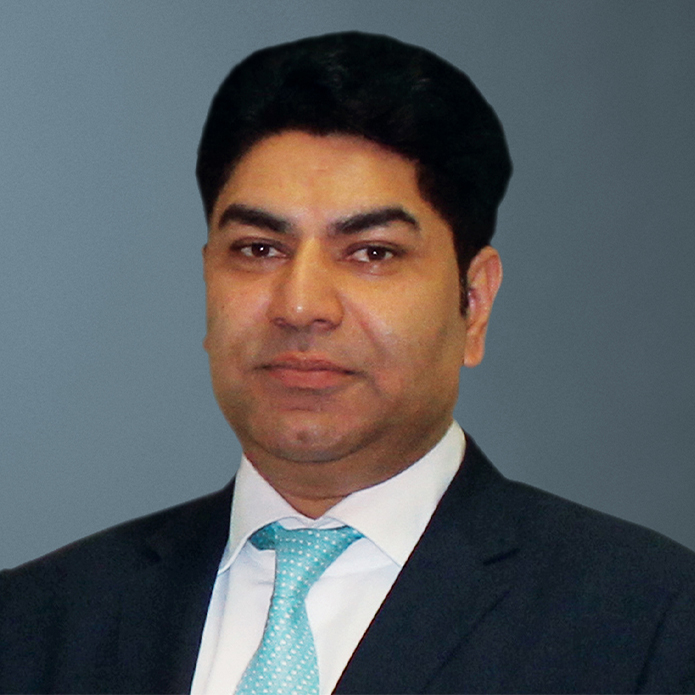

Anshuman Magazine, Chairman & CEO – India, South-East Asia, Middle East & Africa, CBRE, said, “India’s senior population is expected to experience a remarkable 254% growth, making it the fastest-growing demographic segment globally. By 2050, India is projected to house up to 340 million seniors, constituting approximately 17% of the world’s elderly population. India has experienced a significant surge in the number of senior living projects over the past decade, reflecting the growing acceptance and demand in this sector.
Developers in the segment are expressing optimism about the future of the senior living segment, highlighting the increasing demand for specialized care and lifestyle options among seniors. They recognize the market’s potential for sustained expansion and innovation, which is evident through their expansion plans, with a focus on increasing their presence in urban centers and tapping into high-income group households. The outlook for the segment is positive, with continued expansion expected in urban centres and Tier-II cities. Developers are looking to capitalize on the growing demand by investing in new projects, enhancing infrastructure, and forging strategic partnerships to deliver comprehensive senior living solutions”.
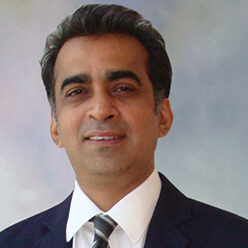

Rami Kaushal, Managing Director, Consulting & Valuation Services, India Middle East and Africa, CBRE, said, “The southern region has solidified its position as the preeminent area for senior living projects. This surge underscores the region’s pivotal role in the expansion and progression of the senior living sector. It mirrors the escalating demand for both independent and assisted living services, highlighting these urban centers as hotspots for opportunity and growth within the industry.
As acceptance levels rise and affordability improves, the senior living segment is poised for sustained growth and innovation in the years to come. Industry leaders emphasize the booming potential of the senior care sector in India, recognizing the need for structured care programs, targeted policies, and specialized medical services to meet the evolving preferences of the aging population”.
Diverse options of senior living segment
The senior living segment encompasses a wide range of housing options and services tailored for older adults aged 60 and above, fostering independence, social engagement, and convenience. Categorised into various types, including independent living communities, assisted living facilities, memory care units, and continuing care retirement communities, these offerings cater to evolving needs.
- Independent living caters to an active, independent, and productive phase of life, typically suitable for seniors with minor medical issues who value their freedom and have plans for a fulfilling retirement.
- Assisted living, on the other hand, is designed for those requiring additional support due to age or disability, including specialized care for conditions such as dementia or Alzheimer’s disease.
- Lastly, continuous care is available for those who need comprehensive nursing care and medical attention, offering services that range from memory care for dementia patients to hospitalization, and even palliative or end-of-life care, ensuring that each individual’s needs are compassionately met at every stage.
-



 News4 weeks ago
News4 weeks agoKW Delhi 6 Mall Onboards New Brands
-



 News4 weeks ago
News4 weeks agoCommercial Realty Gets Tech Savvy: Fast Construction, Enhanced Convenience
-



 News3 weeks ago
News3 weeks agoGodrej Properties Sells Rs 3k cr+ Homes of Godrej Zenith, Gurugram, within 3 days
-



 News4 weeks ago
News4 weeks agoRBI’s Status Quo on Key Policy Rates to Help Maintain the Real Estate Growth Momentum, Say Industry Stalwarts
-



 News2 weeks ago
News2 weeks agoOlive Announces Dhruv Kalro as Co-Founder
-



 News2 weeks ago
News2 weeks agoNoida’s High-Rise Societies Face Multiple Challenges Despite Rapid Urban Growth
-



 News3 weeks ago
News3 weeks agoGodrej Properties Sells 5000+ Homes of Rs 9.5 cr in Q4FY24, Bookings up 84% YoY
-



 News2 weeks ago
News2 weeks agoVestian: Domestic Investors Dominate Institutional Investments in Jan-Mar’24









